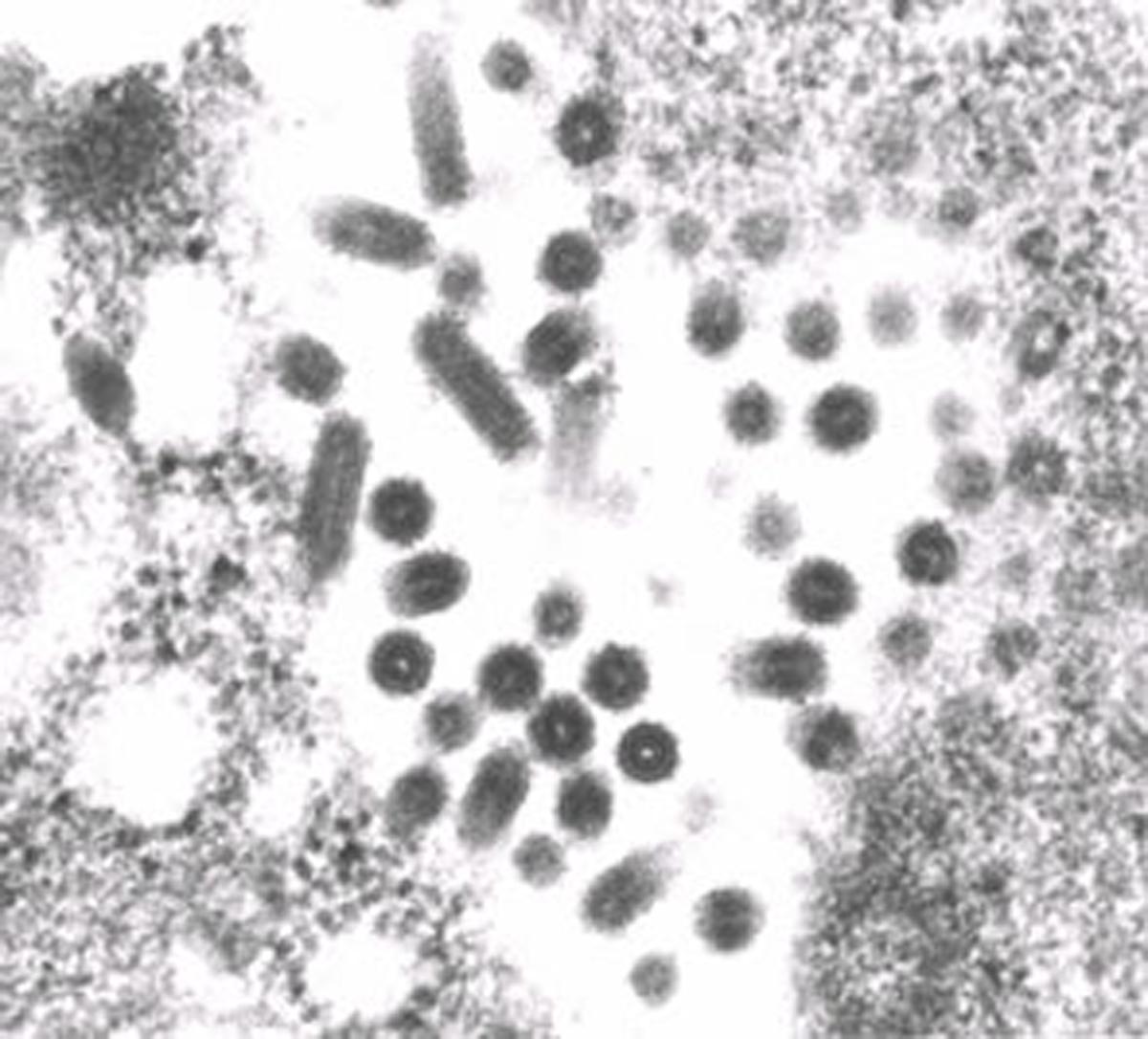
Potential threat of Great Lakes VHS virus in the Western United States
Viral Hemorrhagic Septicemia (VHSV), initially identified as the cause of a significant freshwater drum die-off in Lake Erie in 2005, has manifested into numerous epidemics and outbreaks in various host species within the Great Lakes region since then. This devastating occurrence has not only sparked considerable worry but also imposed harsh restrictions on aquaculture activities throughout the area. This proposal outlines a series of outreach and research directives intended to cater to the specific needs of fish farmers in the western United States and strengthen the national response against VHSV emergence in the Great Lakes.
Objectives:
- Assemble and distribute biosecurity information currently available for dealing with VHSV
- Develop diagnostic assays to differentiate Great Lakes VHSV IVb from endemic West Coast VHSV Iva
- Test susceptibility of yellow perch, rainbow trout, herring, and Chinook salmon to disease and mortality caused by Great Lakes VHSV IVb, West coast VHSV Iva and European VHSV I
- Test ability of relevant host species to act as carriers and/or reservoirs of different VHSV genotypes
- Develop outreach materials to communicate project results
Project Summary
| Duration: | 2 years |
|---|---|
| Funded Date: | 09/01/2008 |
| Funding level: | $100,000 |
| PI: | |
| Advisors: | |
| Location: | Idaho - ID, Oregon - OR, Washington - WA, non-WRAC states |
| Species: | Salmon, Trout |
| Topics: | VHS - Viral Hemorrhagic Septicem |
